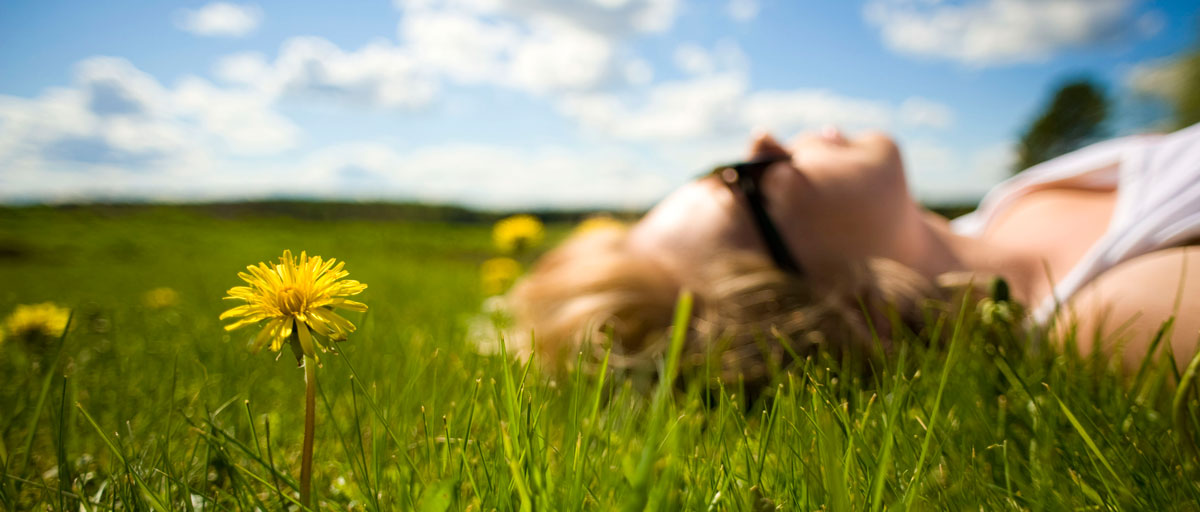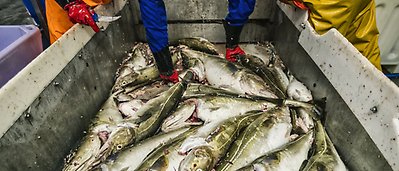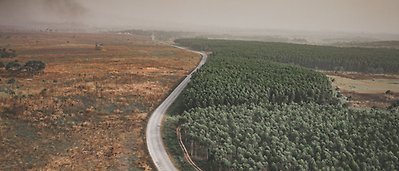
Study shows there is good reason to complement deliberate and slow processes of thinking with a space for creativity and intuition within research. Photo: J. Lokrantz/Azote
Social-ecological thinking
The science of thinking for science
Study calls for structures that allow thinking fast and slow to spur new insights in scientific research
- Slow thinking can be complemented with thinking that draws on intuition
- Making space for people to discuss and exchange ideas can lead to new
insights - The use of arts should be considered more within the sciences
In the past few years thinking has become a talking point. The discussion about how we think, make decisions and form ideas has been on-going and popular science books such as "Thinking fast and slow" by Daniel Kahneman lay out the science of it all.
Kahneman and others have presented evidence that creative thinking happens based on two kinds of processes in our brain: System 1 is fast working and produces intuition. System 2 is slow and deliberate and produces a reasoning kind of thinking.
A recent study in Ecology and Society argues that system 1 thinking should be more widely accepted as a part of doing science.
The thinking of scientists
"Although thinking is the core business of science, the most widely accepted ways of doing our work tends to focus on the deliberate and slow system of thinking that produces reasoning," says Centre science director Carl Folke, co-author of the study.
"But there is good reason to complement this with work on creating space for the more creative system of thinking that draws on intuition."
There is a whole range of examples from the history of science that illustrate the role that system 1 thinking can play and has played for important and sometimes ground-breaking insights.
For example the realization of the structure of the benzene molecule came to August Kekulé in a dream as he was dozing off in his chair after a long day of struggling to find the answer.
Also Charles Darwin was well known for having a special thinking track where he would walk round after round to stimulate his thought.
"Making space for people to meet, to discuss and to exchange ideas is an important way of facilitating the kind of thinking that can lead to new insights"
Carl Folke, co-author
It takes two to tango
However, the slow and deliberate thinking is still key. In fact, for system 1 to be conducive to science it needs building blocks to draw on and combine in new ways.
Kekulé could have never seen the benzene structure in his dream had he not studied it adamantly beforehand. Likewise Darwin’s free associations in his thinking track allowed him to see new patterns, but altogether drew on bits of knowledge that he held from years of slow and deliberate research.
The magic happens when the two systems are combined – when the building blocks from system 2 are allowed to take on new forms and combination in the non-deliberate state of system 1.
Preparing the dance floor
The authors suggest that planning your day with some room for the mind to wander, or for your feet to do the same, through non-office environments could be one way of creating space for this to happen. They also press on the importance of being open to new input and new ideas.
All types of varied and diverse information are of course readily available in this day and age, a click of the mouse away, but research also suggests that other clicks matter perhaps even more – those that happen on a personal level.
"Making space for people to meet, to discuss and to exchange ideas is an important way of facilitating the kind of thinking that can lead to new insights, by sparking new interests and finding connections you would not necessarily have thought to look for," Folke explains.
These interactions, the authors suggest, should not only be with other researchers. Especially artists are identified as an important group to collaborate with for spurring creativity and in a novel way extract meaning from the complex world around us.
"The idea that mind wandering should be seen as part of the scientific method rather than procrastination, that we should educate for risk taking in novel arenas and that the arts may be of help to the sciences, may seem radical," Folke concludes.
"But seemingly irrelevant activities can be quite the opposite, in fact they can serve effective ways of boosting scientific productivity. This is something we explore at the Stockholm Resilience Centre, and try to integrate both kind of thinking in the work we do."
citation
Scheffer, M., J. Bascompte, T. K. Bjordam, S. R. Carpenter, L. B. Clarke, C. Folke, P. Marquet, N. Mazzeo, M. Meerhoff, O. Sala, and F. R. Westley. 2015. Dual thinking for scientists. Ecology and Society20(2): 3
Carl Folke is Science Director of the Stockholm Resilience Centre and the Director of the Beijer Institute of Ecological Economics of the Royal Swedish Academy of Sciences, one of the collaborating partners of the Stockholm Resilience Centre. He has extensive experience in transdisciplinary collaboration between natural and social scientists, and has worked with ecosystem dynamics and services as well as the social and economic dimension of ecosystem management and proactive measures to manage resilience.






